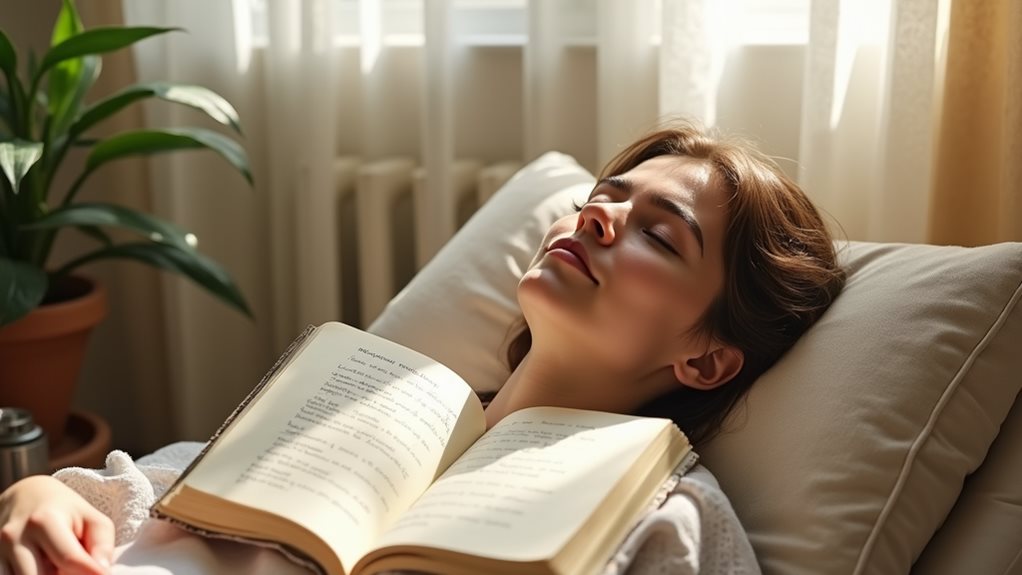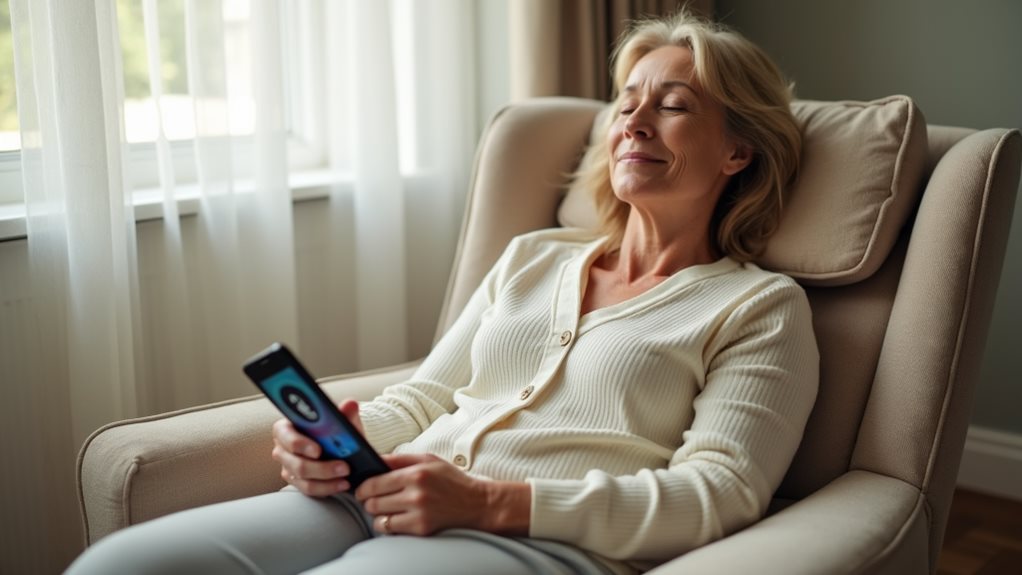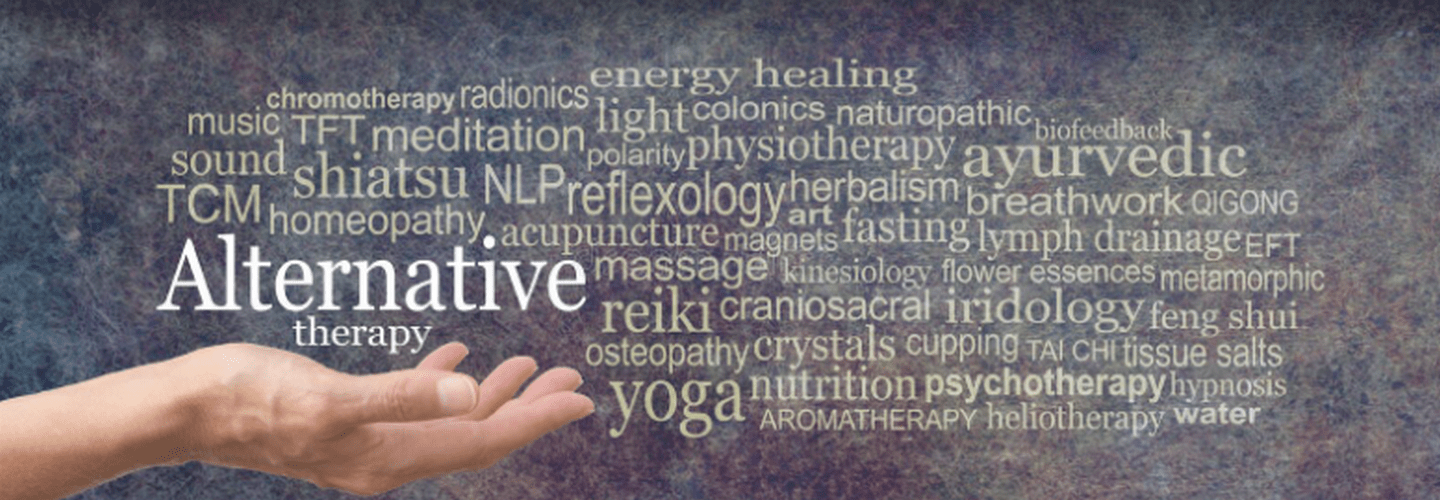
To release ultimate relaxation with self-hypnosis techniques, individuals can explore methods such as deep breathing, progressive muscle relaxation, and the use of positive affirmations and visualizations. These techniques activate the parasympathetic nervous system, diminish anxiety, and enhance emotional resilience. Utilizing guided sessions and apps can further customize and enhance this practice, offering a structured framework that fits personal preferences and goals. Engaging regularly provides profound benefits and deeper insights into mental well-being.
Key Takeaways
- Utilize deep breathing exercises to activate relaxation responses through self-hypnosis, promoting a calm and tranquil mind.
- Practice progressive muscle relaxation during self-hypnosis to identify stress points and effectively release them.
- Integrate positive affirmations and visualizations to enhance self-esteem and mental resilience while in a hypnotic state.
- Set specific, achievable goals for self-hypnosis sessions to maintain motivation and track progress in stress management.
- Leverage guided self-hypnosis sessions and apps for structured, convenient, and customizable relaxation practices.
Mastering Deep Breathing for Enhanced Relaxation
Why is mastering deep breathing an essential skill for enhanced relaxation? The answer lies in the profound impact that controlled breathing rhythms have on the body's physiological state.
By focusing on slow, deep breaths, individuals can activate their parasympathetic nervous system, which is responsible for the relaxation response. This leads to decreased heart rate and lower blood pressure, manifesting significant relaxation benefits.
Furthermore, attuning to one's breathing rhythms helps dissipate stress and cultivates a tranquil mind. Regular practice not only enhances immediate relaxation but also contributes to long-term emotional resilience and stress management.
Exploring Progressive Muscle Relaxation
As individuals seek to alleviate the stresses of daily life, progressive muscle relaxation emerges as a potent technique for achieving deep relaxation.
This method involves alternating tension and release across different muscle groups, enhancing muscle awareness and facilitating tension release. By deliberately tensing each muscle before relaxing it, participants can identify and dissolve areas of stress, leading to a profound state of calmness.
Regular practice not only diminishes anxiety levels but also contributes to better sleep quality.
Progressive muscle relaxation, consequently, serves as a valuable self-help strategy to maintain mental balance and physical well-being.
Harnessing the Power of Positive Affirmations and Visualizations

Harnessing the power of positive affirmations and visualizations can greatly amplify the benefits of self-hypnosis, offering a pathway to deeper relaxation and enhanced mental clarity.
Affirmation techniques involve repeating empowering statements that foster self-belief and reduce anxiety. Coupled with this, visualization exercises allow individuals to mentally construct serene environments or successful outcomes, further deepening the state of calm.
These practices not only boost mood but also reinforce mental resilience. By integrating affirmations and visualizations into self-hypnosis, one can more effectively manage stress and nurture a positive mindset, thereby enhancing overall mental well-being and emotional balance.
Setting and Achieving Personal Relaxation Goals
Integrating positive affirmations and visualizations into self-hypnosis techniques can greatly enhance mental clarity and relaxation.
To effectively set and achieve personal relaxation goals, one must employ strategic goal-setting strategies. To begin with, defining clear, achievable goals related to relaxation techniques such as deep breathing or progressive muscle relaxation is vital. These objectives serve as motivational benchmarks.
In addition, regularly revisiting and adjusting these goals guarantees they remain relevant and challenging. This approach not only fosters a more profound sense of relaxation but also empowers individuals to take proactive steps towards managing their mental health and achieving emotional equilibrium through self-hypnosis.
Leveraging Guided Sessions and Apps for Effective Self-Hypnosis

Guided sessions and apps play a pivotal role in enhancing the practice of self-hypnosis, offering users a structured framework to achieve deep relaxation.
These tools are particularly effective due to their accessibility and ease of use, allowing individuals to engage in self-hypnosis at their convenience.
Key Benefits of Using Guided Sessions and Apps:
- Accessibility: Available anytime, anywhere, facilitating regular practice.
- Customization: Options to tailor sessions to individual needs and preferences.
- Guidance: Professional guided meditation scripts guarantee proper technique.
- Variety: A wide range of relaxation apps cater to different relaxation goals and styles.
Frequently Asked Questions
Can Self-Hypnosis Techniques Replace Professional Therapy?
Self-hypnosis techniques offer benefits as therapy alternatives, potentially enhancing relaxation and mental health. However, they may not replace professional therapy for everyone, particularly those with severe psychological conditions needing expert intervention.
Are There Any Risks Associated With Self-Hypnosis?
Self-hypnosis carries minimal risks but misconceptions persist. Potential side effects include temporary disorientation or emotional distress. Proper guidance reduces these risks, ensuring a safe practice that complements traditional therapeutic techniques effectively.
How Often Should I Practice Self-Hypnosis for Optimal Results?
For best results, daily practice of self-hypnosis is recommended. The session length can vary, but typically, 20 to 30 minutes per session effectively promotes relaxation, improves mental health, and enhances overall emotional balance.
What if I Fall Asleep During Self-Hypnosis?
Falling asleep during self-hypnosis is common and generally harmless, signifying deep relaxation. It can interrupt targeted mental exercises, but overall, it contributes to the body's rest and rejuvenation through relaxation techniques.
How Can I Measure the Success of My Self-Hypnosis Sessions?
One measures the success of self-hypnosis sessions by meticulously tracking each session's outcomes and journaling progress. Indicators like reduced stress and improved sleep quality highlight efficacy, offering a quantifiable glimpse into mental tranquility.
Conclusion
In the garden of the mind, self-hypnosis techniques are akin to the gentle, nurturing rain and sunlight that coax seeds into blossoming. Deep breathing, progressive muscle relaxation, and the vibrant hues of positive affirmations and visualizations cultivate a sanctuary of peace. As one sets and pursues personal relaxation goals, guided by the wise hands of apps and sessions, they are like the gardener who guarantees each plant—each aspect of their well-being—thrives in harmony, promoting resilient, flourishing health.





